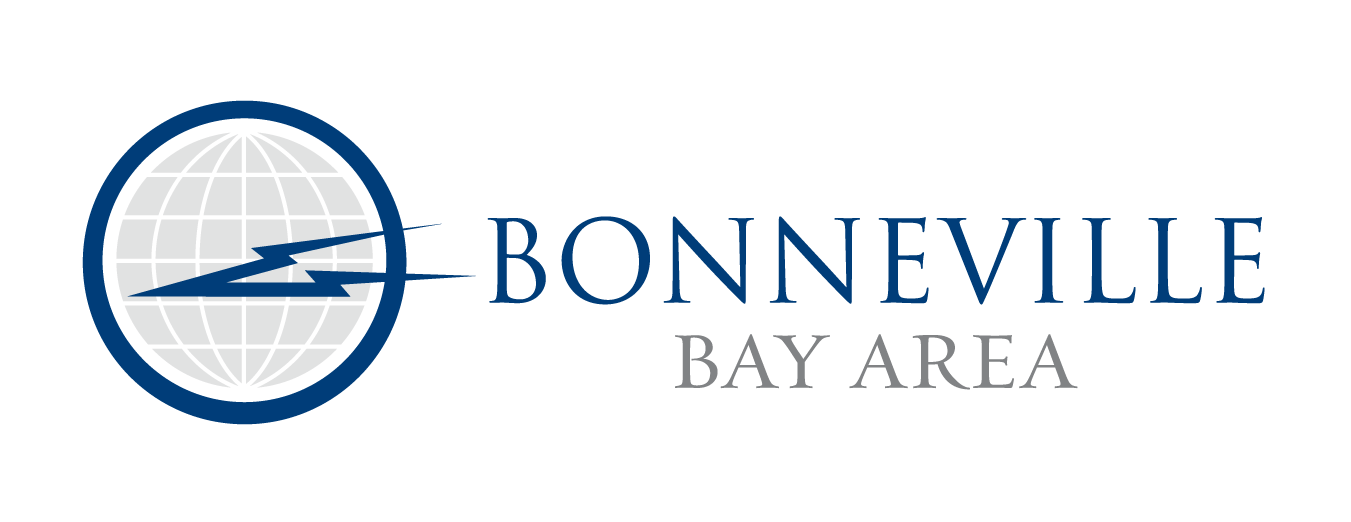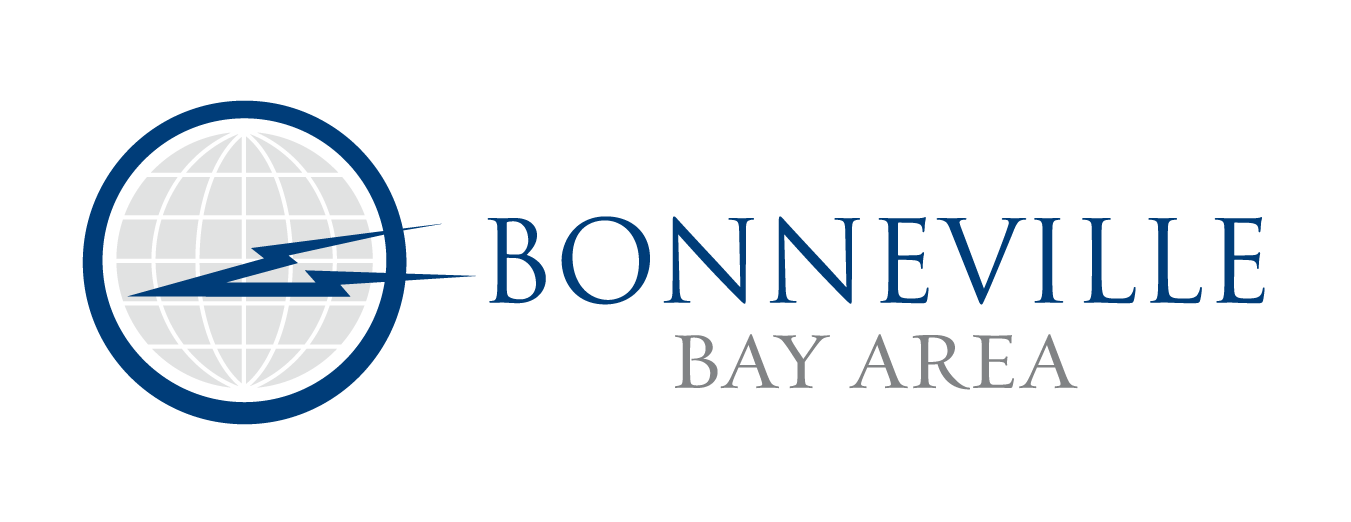 In order to create the most effective marketing plan, it’s important to understand key radio advertising terms. A clear understanding of industry terms and a detailed marketing plan will help you reach your target audience more efficiently. Here are some radio advertising terms you need to know.
In order to create the most effective marketing plan, it’s important to understand key radio advertising terms. A clear understanding of industry terms and a detailed marketing plan will help you reach your target audience more efficiently. Here are some radio advertising terms you need to know.
Average Quarter-Hour Audience: The average number of listeners for at least 5 minutes out of a 15-minute period.
Billboard: Repeated mentions of a program's sponsor in exchange for the sponsor's commitment to the program.
Effective Reach: A measure of listeners that will hear an ad at least 3 times during a campaign.
Broadcast Coverage Area: The geographic area that a station's signal can reach.
Best Time Available (BTA): The time at which the most listeners will be tuning in, after all other sponsor commitments have been met.
Cancellation Policy: The terms under which an advertiser can cancel a scheduled spot or spots. This often includes provisions for advance notice and financial penalties for late cancellations.
Cluster: A group of three or more radio stations in the same market, under control of the same ownership group.
Combo: Two radio stations in the same market, under control of the same ownership group.
Cume Persons: The total number of unique listeners during a daypart for at least 5 consecutive minutes.
Daypart: A time segment of radio advertising, usually divided into morning, midday, afternoon, and evening.
Daytime: Another term for "midday," often running from 10:00 a.m. to 3:00 p.m. Monday through Friday.
Direct Response Advertising: Any advertising that contains a direct, time-bound call to action.
Endorsement: A situation in which a station or on-air personality endorses (or recommends) an advertiser's product.
Evening: Also referred to as "night," this time segment typically runs from 7:00 p.m. to midnight.
Flight: A scheduling strategy that alternates periods of heavy advertising with periods of no advertising.
Flight Dates: The beginning and end dates of a schedule.
Frequency: The number of times, on average, a listener will hear the same commercial.
Gross Impressions: The total number of Average Quarter-Hour listeners for all commercials (see Average Quarter-Hour Audience).
Identification (ID): A brief sponsor mention.
Lead Time: The minimum advance notice required by a station for placement or requested changes to ad spots; also the time between an advertising campaign's inception and its actual run.
Live Read: A commercial read "live" by an on-air personality.
Makegood: Free commercial slots given to an advertiser when the originally scheduled ads are omitted or significantly distorted.
Metropolitan Statistical Area (MSA): A geographical area that includes a central city and surrounding counties.
Midday: See "Daytime."
Net Reach: The number of unique listeners that will hear an ad at least once.
Non-clearance: Negotiated commercials that the station cannot schedule due to a variety of reasons.
Overnight: The time segment that typically runs from midnight to 6:00 a.m.
Package Billing: A contract associated with a flat rate per invoice regardless of the number of commercials broadcast.
Piggy-Back: Two back-to-back ad spots purchased by the same advertising company, often thematically related to (or "piggy-backing" off) one another.
PM Drive: Also referred to as "afternoon" or "afternoon drive." This is the time segment that typically runs from 3:00 p.m. to 7:00 p.m Monday through Friday.
Pre-emption: The station's replacement of a scheduled commercial announcement by a higher-priced commercial, or a displacement for some other reason.
Preemptible: A class of commercials that is inexpensive to the advertiser, but subject to change if other, higher-priced commercials for the same time slot are sold.
Rep: Short for "representative." Can refer to a company, or the company's account executive that serves a nationwide market; or a local account executive who works for a local advertiser.
Run of Schedule (ROS): Commercials that are scheduled to run across several dayparts.
Rotation: The distribution of commercials. Rotation can be "horizontal" (advertising in the same program or time period for multiple days throughout the week) or "vertical" (advertising throughout a single day).
Separation: A scheduling policy that allows for a measure of separation (either determined by time or number of commercials) between ads for competing products.
Sponsorship: The purchase of multiple commercials within a program, part of a program itself, or all of the program by an advertiser.
Total Audience Plan (TAP): A scheduling strategy designed to maximize exposure of announcements to the station audience.
Target Demo: Short for "target demographic." A specific group with shared characteristics that an advertiser wants to reach.
Time Spent Listening (TSL): An estimate of the amount of time that a consumer spends listening to radio during a specific daypart, expressed in hours and minutes per day or per week.
Unit: One commercial, no matter how long.
Weekend: A "weekend" as typically defined in radio broadcasting terms is the time period that runs from Saturday at 6:00 a.m. to Sunday at midnight.
A clearer understanding of these radio advertising terms can help your business analyze your radio campaign’s results and plan for the future.
These terms were sourced from IAB and RAB with AAAA.




